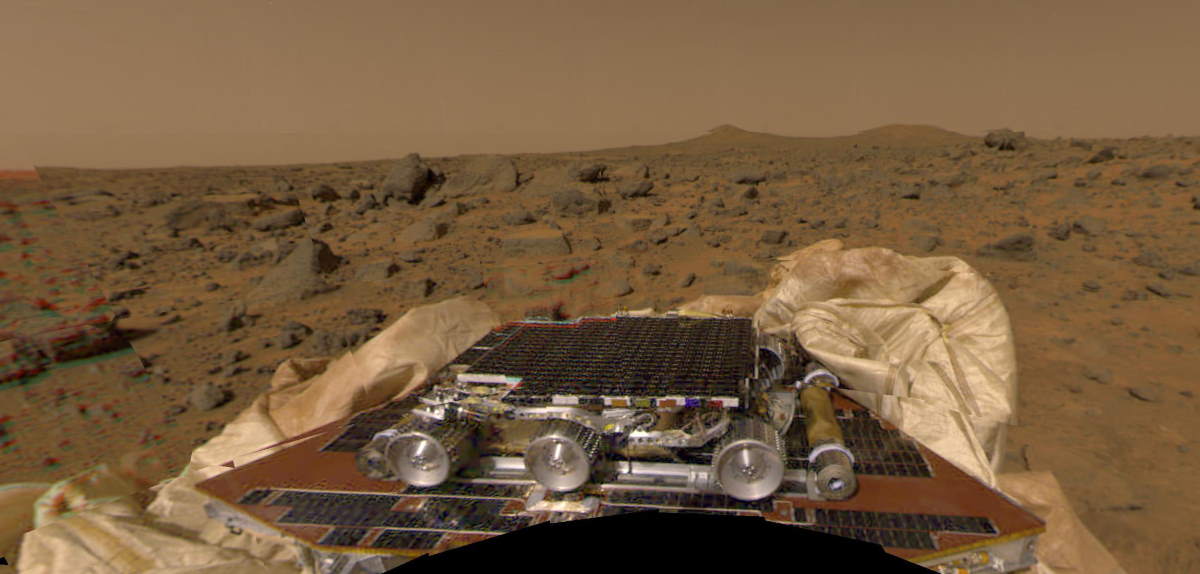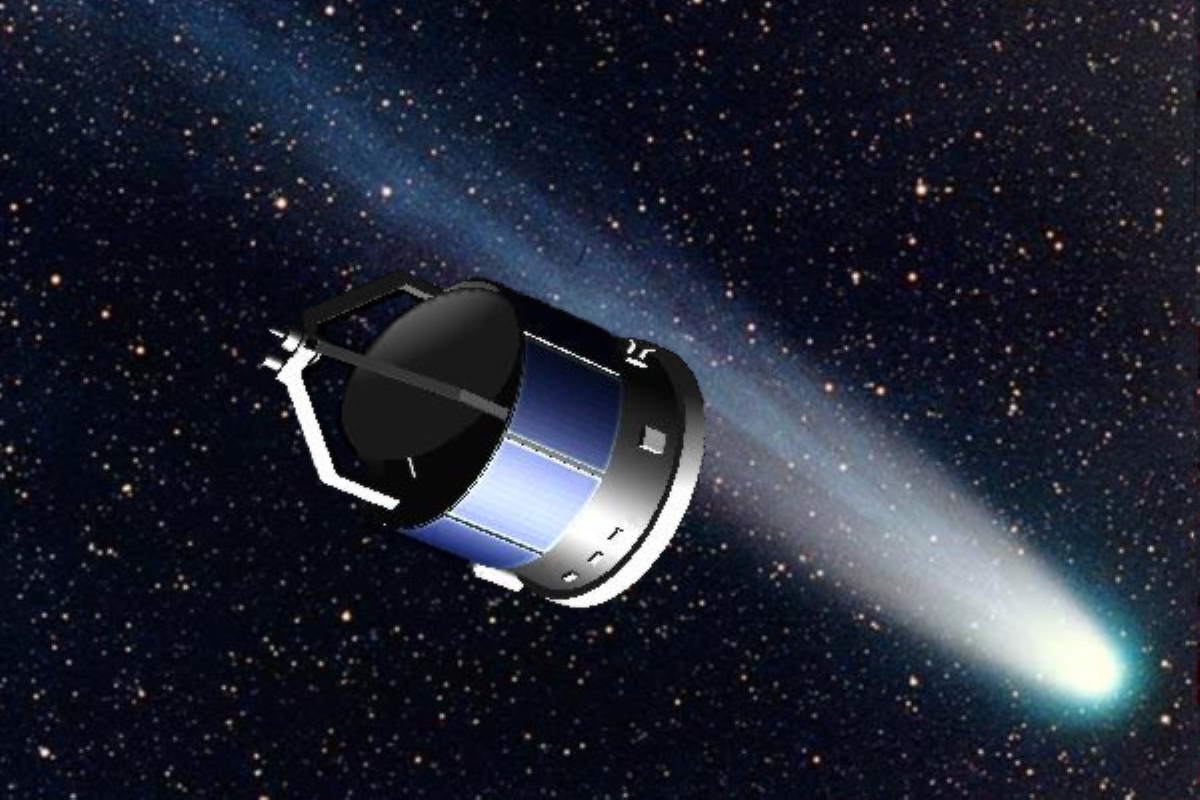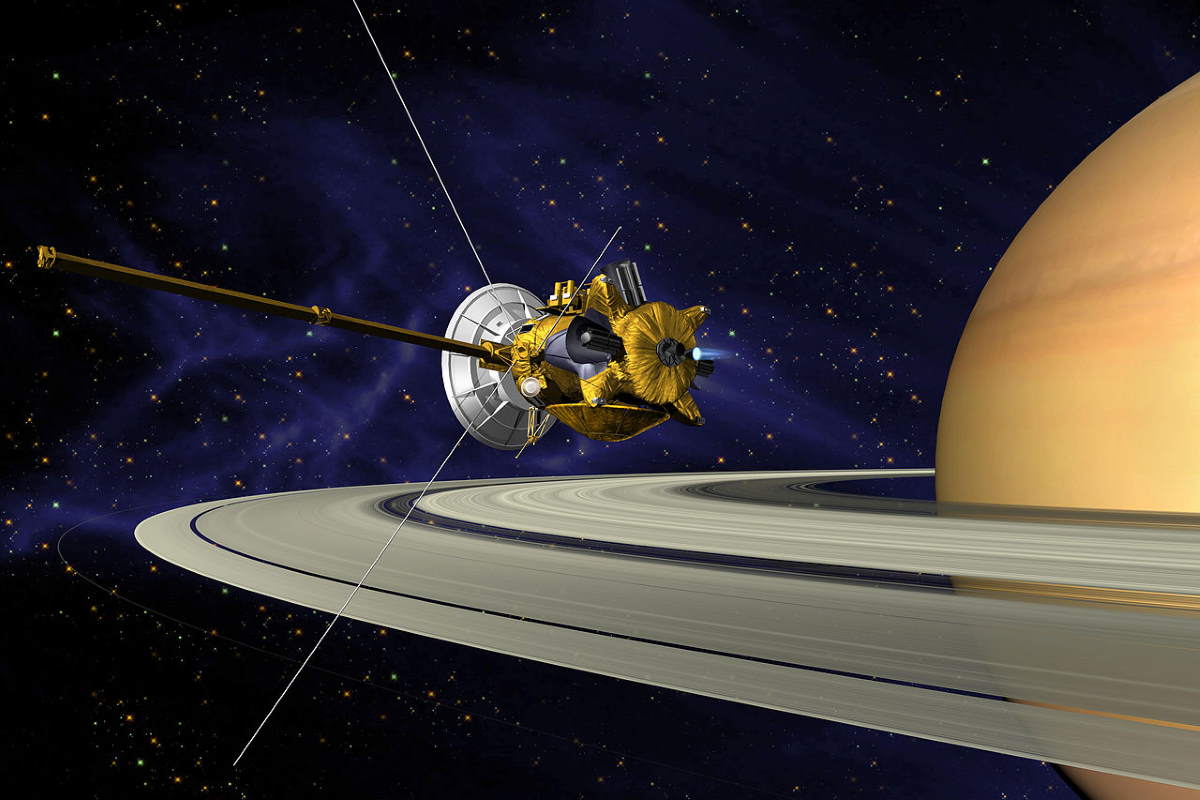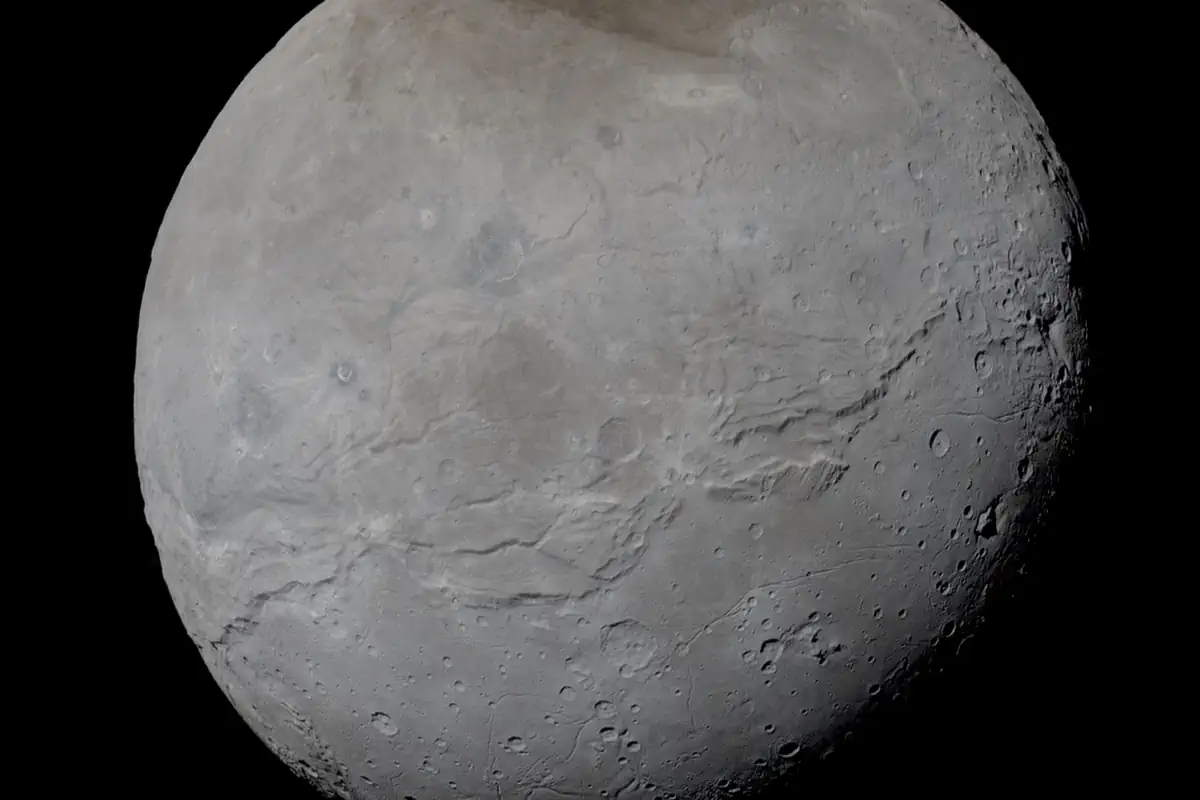NASA’s robotic spacecraft Mars Pathfinder landed on Mars on July 4, 1997. It was carrying a small rover named Sojourner and with that landing, Sojourner became the first operational rover on another planet.


NASA’s robotic spacecraft Mars Pathfinder landed on Mars on July 4, 1997. It was carrying a small rover named Sojourner and with that landing, Sojourner became the first operational rover on another planet.

On July 2, 1990, European Space Agency’s (ESA) Giotto spacecraft performed the first-ever earth gravity-assisted maneuver to be retargeted for its destination, Comet P/Grigg-Skjellerup.

NASA’s Cassini space probe entered Saturn’s orbit on July 1, 2004, and became the first spacecraft to orbit the ringed planet.

On June 30, 1908, at about 7:14 A.M., around the Tunguska River, a gigantic fireball devastated hundreds of square kilometers of uninhabited Siberian forest. It was about a ~12 megaton explosion, which means the blast was around 800 times more powerful than the Hiroshima atomic bomb.

On June 29, 1971, after completing its record-breaking 20th day in orbit, the crew of Soyuz 11, Georgy T. Dobrovolski (Commander), Viktor I. Patsayev, and Vladislav N. Volkov departed from the Salyut 1 space station, the first space station in the history of space exploration, on June 29, 1971. Unfortunately, the mission ended in disaster when the crew capsule depressurized during preparations for re-entry. The cosmonauts rapidly lost consciousness as the pressure continued to drop and died within two minutes.
Dobrovolski, Patsayev, and Volkov still remain the only humans to have died in space (above the Kármán Line, see notes 1).
On June 27, 1972, Atari Inc. was founded in Sunnyvale, California by American businessman and electrical engineer Nolan Bushnell (born February 5, 1943) and American electrical engineer Ted Dabney (May 2, 1937 – May 26, 2018). One the most recognized and celebrated brands in the world, the company is a pioneer in arcade games, home video game consoles, and home computers.

Crocodiles and alligators share many similarities since an alligator is also a crocodilian. But, there are also many differences between a crocodile and an alligator. Here are some of them.

Alligators (American alligator – A. mississippiensis) can often reach at least 14 or 15 feet (4.25-4.57 meters) in length, which is even larger than some crocodile species, but not all of them, especially not the Saltwater Crocodile. Chinese alligator – A. sinensis is much smaller). But what is the largest alligator ever measured?

The growing effects of climate change have forced many industries to rethink their best practices and find more eco-friendly solutions. The construction sector is no exception, as companies have implemented many new technologies to reduce pollution and waste. Here are some of the most influential additions to construction and how they’ve enabled sustainable building.

On June 22, 1978, Pluto’s moon Charon was discovered by United States Naval Observatory astronomer James Christy (born September 15, 1938).